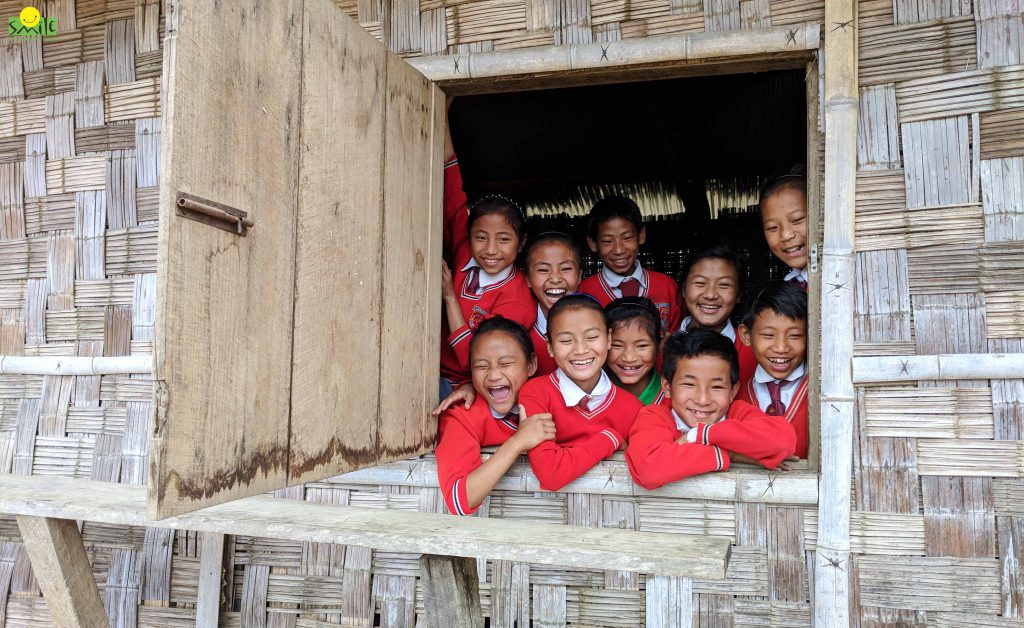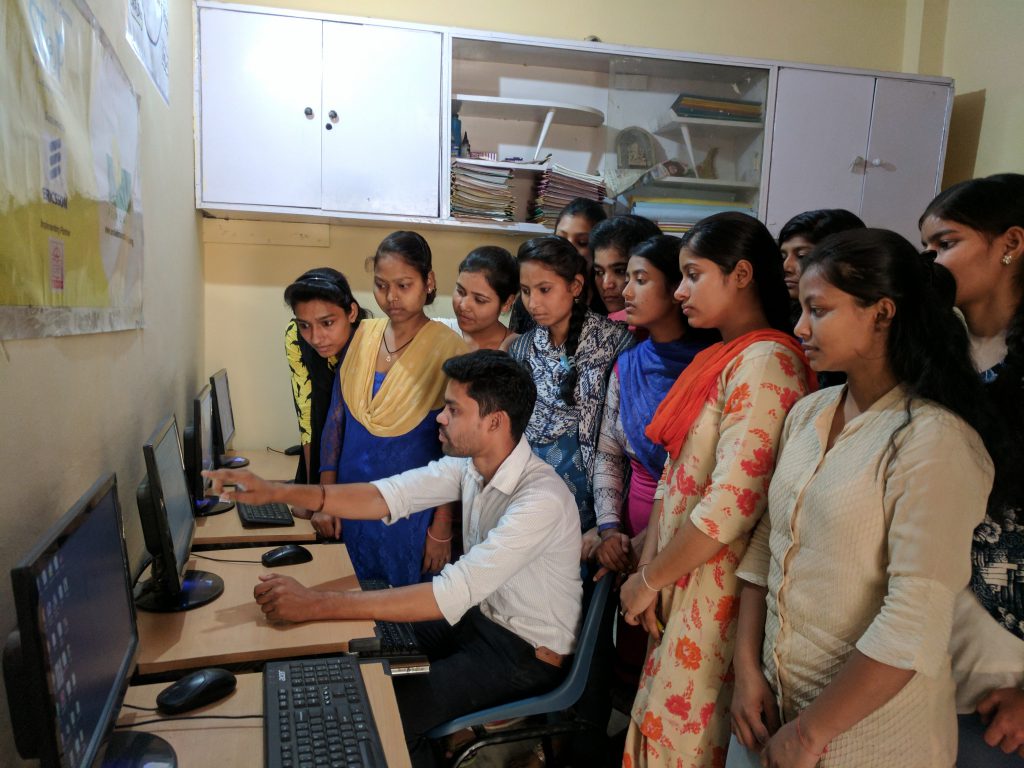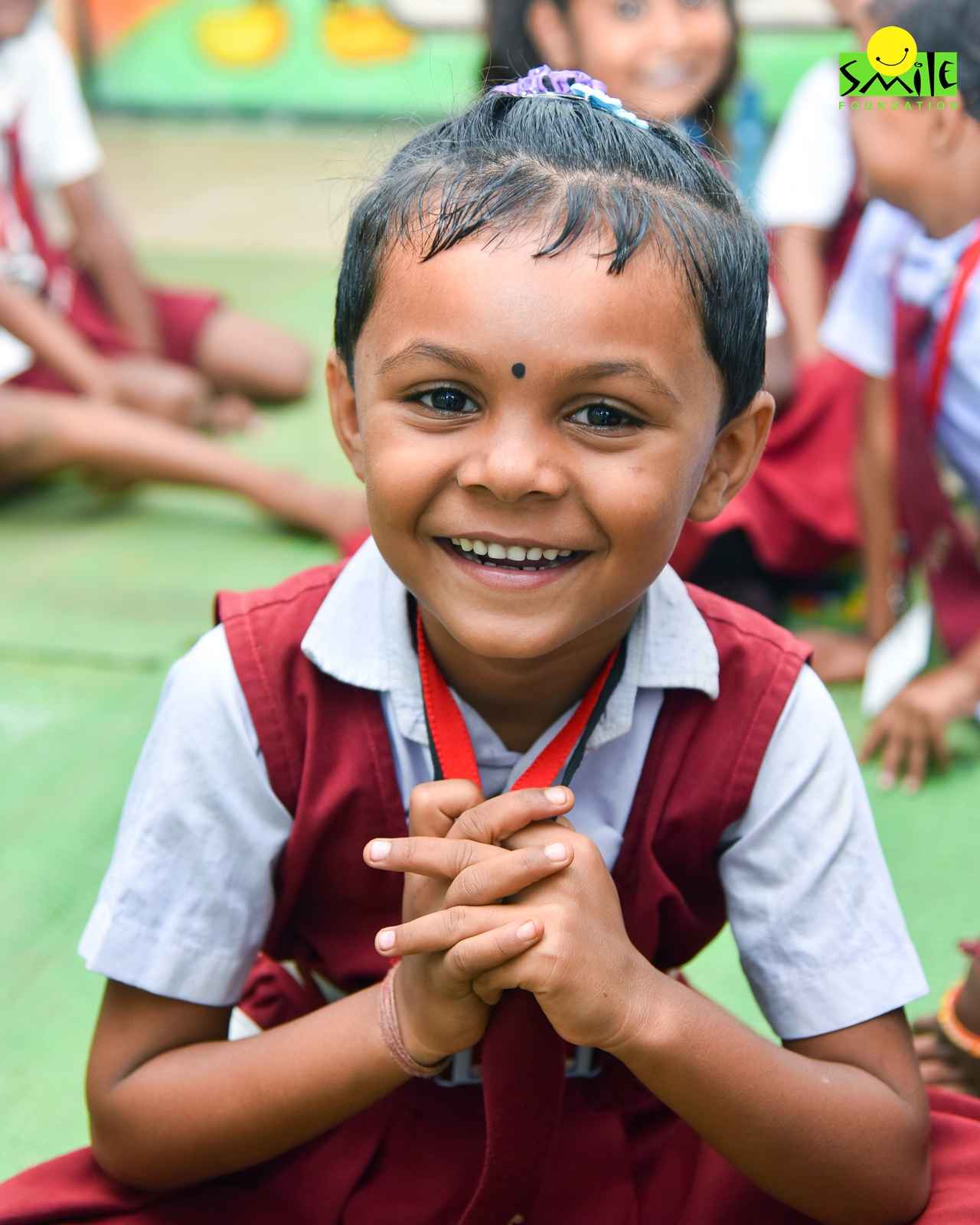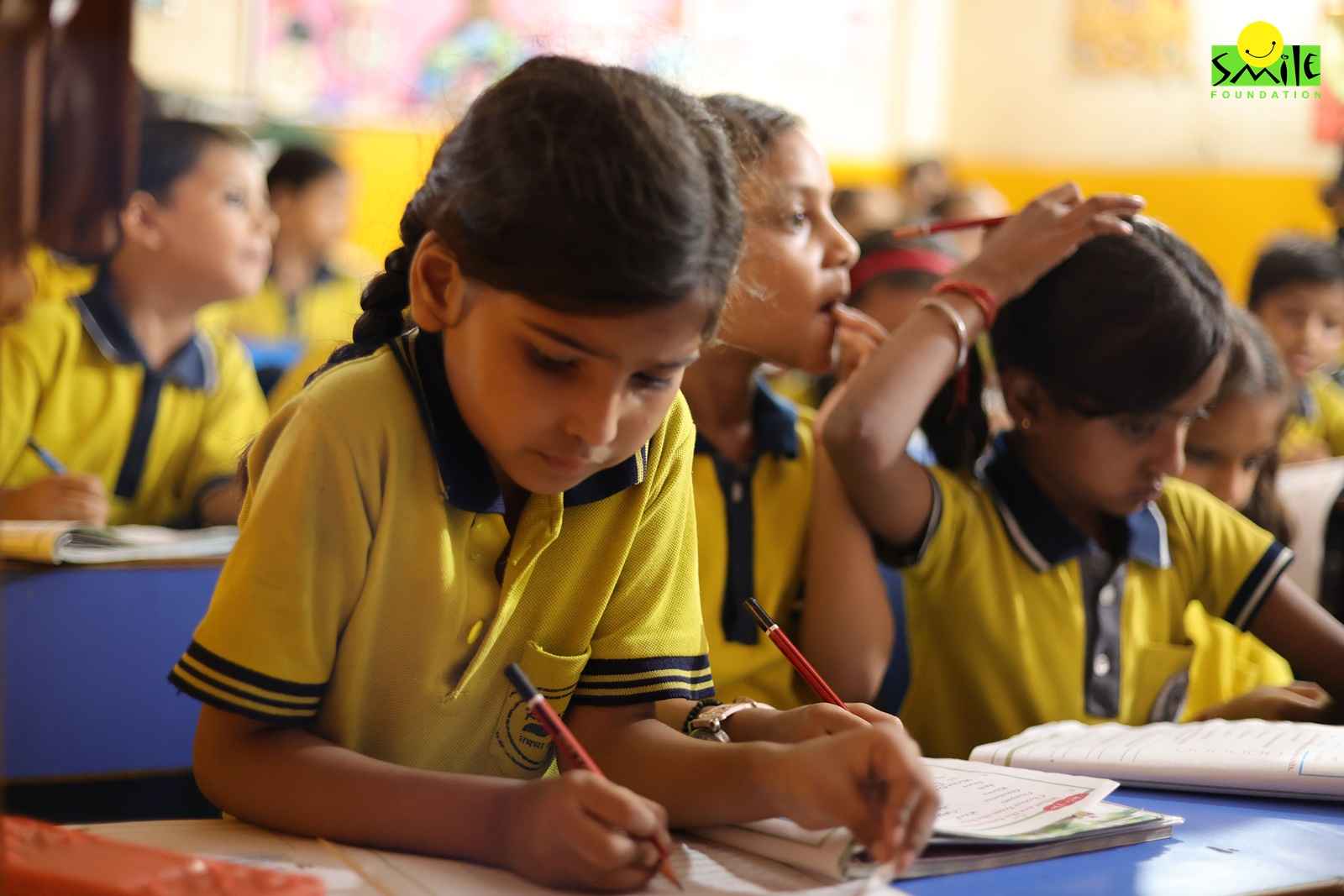Education is a human right with immense power to transform.
– Kofi Annan, Ex UN Secretary General
Scenario Today
But unfortunately the above statement brings little comfort to the transgender community and their children. Due to orthodox beliefs within some sections of our society, education for transgenders is not a smooth and peaceful journey.
The transgender students’ dropout rates and pass percentages are rising. But this is not gaining enough attention from either the government or the society. As per the 2011 census, the total literacy rate among transgender persons was 56.1% for a total population of around 4.8 lakhs. This is against the national average of 74.04%.
Indian Protection and Empowerment Laws
There are several relevant and focussed laws passed in favour of the transgender communities. These are with regard to education, housing, medical treatment, right to self identity and freedom. However, we are still away from on-ground support and sensitization towards the community.
The Transgender Person (Protection of Rights) Act, of 2019 mandates educational institutions to follow inclusivity and enrol transgender students in the mainstream education.
Unfortunately the nomenclature “Third Gender” assigned by the Supreme Court has widened the gap, posing significant problems. It makes the trangender persons question their true place with the other two genders.
Lack of Understanding
The struggle of the transgender community has been ongoing for years. We humans have been conditioned to treat them poorly, barely acknowledging their existence in society, making their presence largely indistinguishable.
Lack of knowledge about the transgender community makes us wary, suspicious and unkind to them and this needs to stop . Given the kind of equitable world we are trying to create, we must do better in all aspects of our lives.
Lack of Inclusion
The Indian school system has been a traditional model recognising only 2 genders– male and female and has never made any provisions for accommodating a third gender. This is where transgender children suffer.
The binary template followed by schools allows no room for anything “different”. In fact it has traditionally used this “difference” to isolate transgender children who then most likely drop out of schools.
This conservative mode of schooling is challenging not only for the transgender children but also for schools, who would like to encourage these children to seek education and better their lives. Some state governments such as Tamil Nadu were the first in granting recognition to Transgenders by allotting the Ration Cards, free education as well as a stipend for meritorious students for higher education.
Transgender Education in India: Issues
Although most states follow the laws that are created to empower and help transgender children get equal education benefits , challenges persist.
Binary School Model
This is in itself the biggest limiting factor for transgender education. The very word suggests that children have to behave one way or another based on their gender.
This leaves no room or flexibility to accommodate new behaviours. This makes transgender children feel stifled and unable to express themselves because they cannot associate themselves with this dual gender model.
Clothing, Play Areas and Classrooms
The uniforms, seating arrangement, play areas, choice of “acceptable” appearance, all follow the binary or dual gender pattern. Each school has a specific dress code identified as a girl’s and a boy’s uniform (this is fast changing with many schools offering their students to wear clothing of their own choice).
Transgender children are left with no choice but opt either existing gender classification, even if they do not feel comfortable in it. And those ones who attempt to defy these stereotypes face humiliation in front of other students, punishments, or suspension.
Infrastructure and Safety Issues
Going with the dual gender pattern, schools have only two types of restrooms, one for boys and the other for girls. This causes great discomfort to transgender children who don’t conform to either of the accepted genders.
The school infrastructure is not accommodative of them, by creating a safe space for their sanitation and hygiene needs. Moreover, being transgender they are denied access to existing restroom facilities, changing rooms, common rooms, or locker rooms in schools.
Nomenclature
Another output of the binary model is student nomenclature. Teachers often use pronouns like he/she for every student. Schools should strongly consider asking the students what pronouns are the students most comfortable with. The teachers should take the cue from students in addressing the them.
Making Amends: Transgender Education in India
Several steps that can be taken by schools for encouraging transgender children to get educated, better themselves and get integrated into the social fabric of the country.
The onus and responsibility lie on the schools to ensure equal educational opportunities for achieving the goals of fulfilling transgender education in India. They must make required adjustments to the infrastructure and also the learning environment.
What Can and Needs to be Done In Transgender Education in India
- Change binary model and gender mindset
- Students must be in a flexible environment for them to wear the uniform of their choice
- Making transgender-friendly restrooms, and common rooms (they should never be an afterthought for very much part of the plan right from the very beginning)
- Make an effort to include the transgender students with other class students by sensitising them towards the needs of transgender students
- Make schools completely safe for transgender students by ensuring that they aren’t bullied by their classmates or anyone near the school premises; this is the bare minimum
- Set up an anti-harassment cell for transgender and an anti-discrimination cell
- Provide mental health resources’ access to transgender students
- Provide teacher training workshops/models to make the teachers more sensitive towards transgender students.
Conclusion
Every child born on this planet is beautiful and precious. In many ways, every child is unique with their own quirks and trademarks. Those features manifest during their growing years. And we must make efforts to provide them an environment wherein all of them feel loved, nourished and seen for who they are.
Also, it’s socially and legally criminal to persecute children based on preconceived conditioning of what is accepted and what is not. We live in the 21st century, and today are more exposed and aware of diverse communities across the globe.
This should make us more accepting, kinder and humane to our transgender community. Also, their children who may choose to adopt new gender identities.
Our Constitution is very clear and transparent on the Right to Education for all. It allows for no biases or discrimination based on gender, race, community, caste or religion.
Today it’s not a question of whether transgender children deserve an education or not. Today we need to awaken ourselves to be the torch-bearers and push for the change that is the need of the hour.
By simply giving the transgender community the option to fill in ‘third gender’ on a postal ballot, ration card or passport is not enough. We need to ensure that they will not be denied their fundamental rights as a citizen of India.
If anyone wants to make a list of things to aspire to be; the first thing on that list should be kindness without discrimination. It is only by being sources of incredible inclusivity ourselves that one can hope for changes on a bigger scale.
Smile Foundation and Inclusive Education
Smile Foundation believes that equality for all is the core for real change. Learn more about our flagship initiative, Mission Education here, and become a part of an inclusive world that is working day in and day out for children who are special and need handholding to reach their full potential.










One reply on “Inclusive Education Edition: Transgender Education in India”
Amazing information. Thank You.